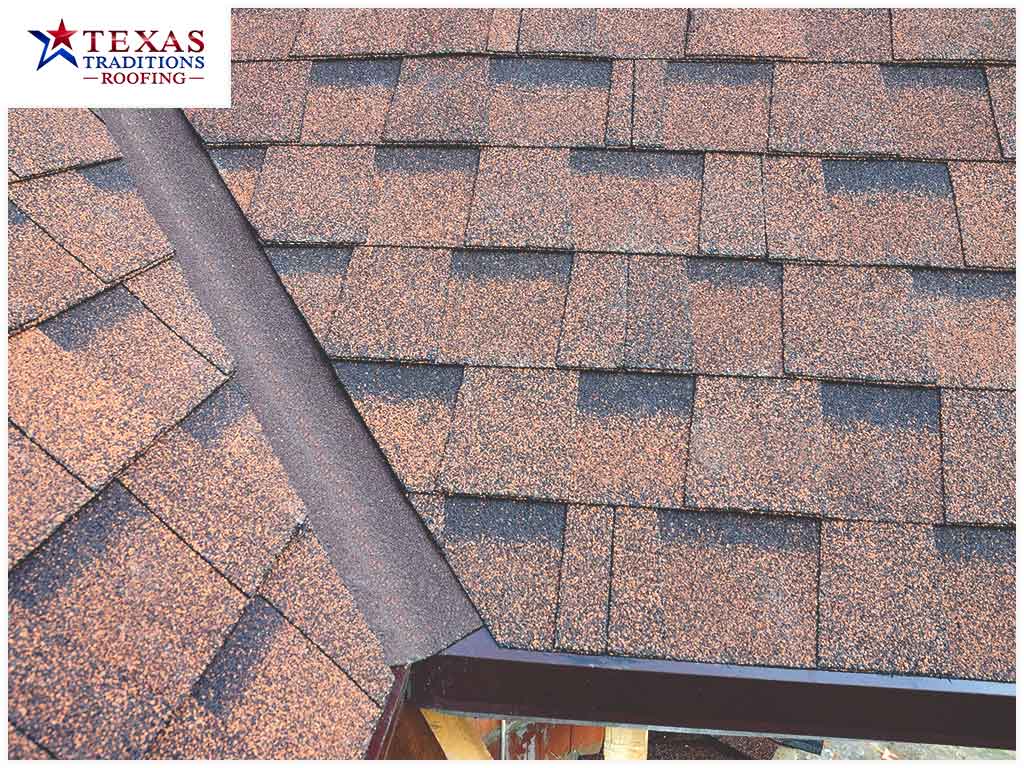Roofing systems are more than just a bunch of shingles or sheets of metal put together. They are a complex system of components that all work together to protect your home from the elements. One such crucial component is the flashing. In this blog, residential and commercial roofing contractor Texas Traditions Roofing shares a close look at how flashing helps protect your roof.
How Flashing Works
Flashing protects breaks in the roofing plane from water intrusion. A typical sloped roofing system would have flashing at valleys, dormers and where exhaust pipes penetrate the roof. Flashing is usually made of galvanized steel, aluminum and copper. Non-metal types of flashing can be made of rubber or plastic, and are installed on certain parts of the roof.
Flashing functions as a barrier in areas where the roof would be vulnerable to water intrusion, particularly in areas where caulking would be insufficient or simply wouldn’t work. Ideally, flashing material should have a similar expected life span as the roof itself, otherwise the roof will need frequent roof repair just to have the flashing replaced.
Types of Flashing
A typical roofing system has more than one type of flashing:
Valley Flashing — Valley flashing is perhaps the most commonly seen type of flashing. It is inserted between the outer roofing layer and the underlayment, where two roofing planes meet. Valley flashing has an inverted T-shaped profile that serves as a barrier that keeps rainwater flowing straight down.
Continuous and Step Flashing — Continuous and step flashing are used on dormers and walls that meet the roof. Continuous flashing is horizontal and is installed on sides that face the gutters. Step flashing is installed on the sloped sides, and is installed in “steps,” much like roofing shingles.
Drip Edge — The drip edge is a type of flashing installed at the roof edge. The inverted L-shaped profile prevents rainwater from seeping into the roof deck.
Vent Pipe Flashing — Vent pipe flashing, also known as “rubber boots” are cone-shaped flashing installed at the base of vent pipes. During installation, the cone is trimmed so that it fits the pipe diameter. The base is angled to match the roofing slope.
Texas Traditions Roofing is your leading provider of roof replacement and repair services. Give us a call at (512) 942-0427 or fill out our contact form. We serve customers in Rock, TX, and surrounding areas.

